Museums & Institutions
5 Offbeat Chicago Museums to Visit While ‘The Bean’ Is Off-Limits
From a cube made of one million $1 bills to the home of architect Frank Lloyd Wright, there is plenty to see.
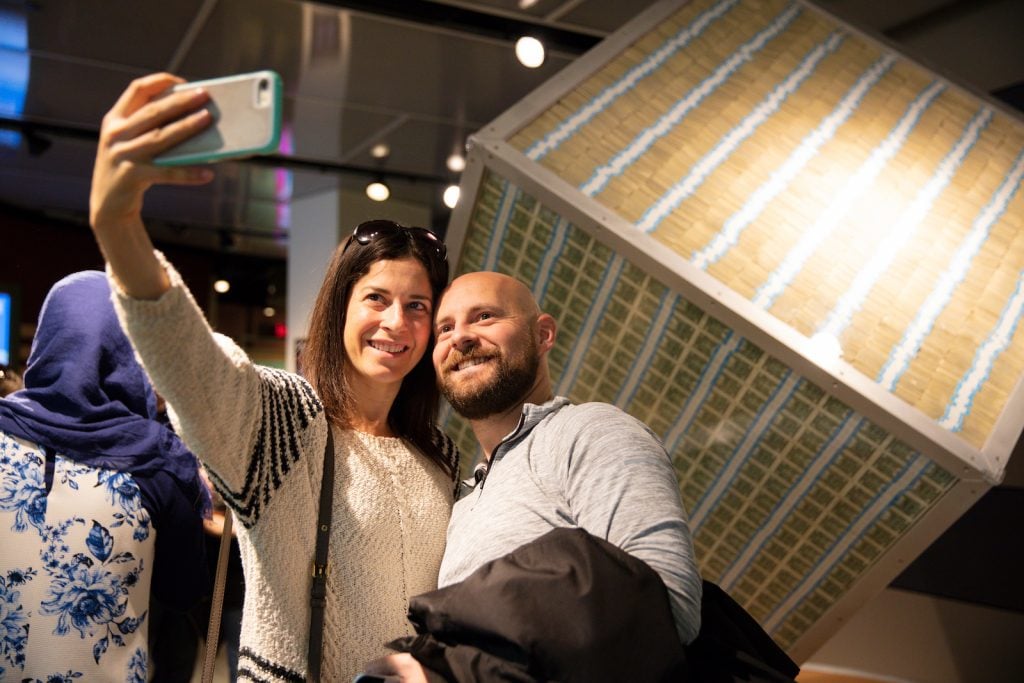
From a cube made of one million $1 bills to the home of architect Frank Lloyd Wright, there is plenty to see.

Max Berlinger

Chicago’s beloved Cloud Gate—the sculpture by Anish Kapoor that is popularly known as “the Bean”—may be closed for renovations (with limited access through spring of 2024), but that leaves no dearth of selfie-worthy art attractions in the Windy City. This lakeside metropolis has built its swaggering reputation partly on its diverse and engaging art scene, and it plays host to some iconic pieces, like Georges Seurat’s Impressionist masterpiece A Sunday on La Grande Jatte, at the Art Institute of Chicago, and Jaume Plensa’s interactive video sculpture The Crown Fountain, in Millennium Park. That’s to say nothing of well-known venues like the Museum of Contemporary Art, the Smart Museum of Art, and the Renaissance Society.
But if you want to visit museums that are a little more off the beaten path, here are five multi-faceted institutions that will allow you to delve deeper into Chicago’s surprisingly robust cultural offerings, from a museum devoted to money to one dedicated to the art of Mexico to the former home of iconic architect Frank Lloyd Wright.
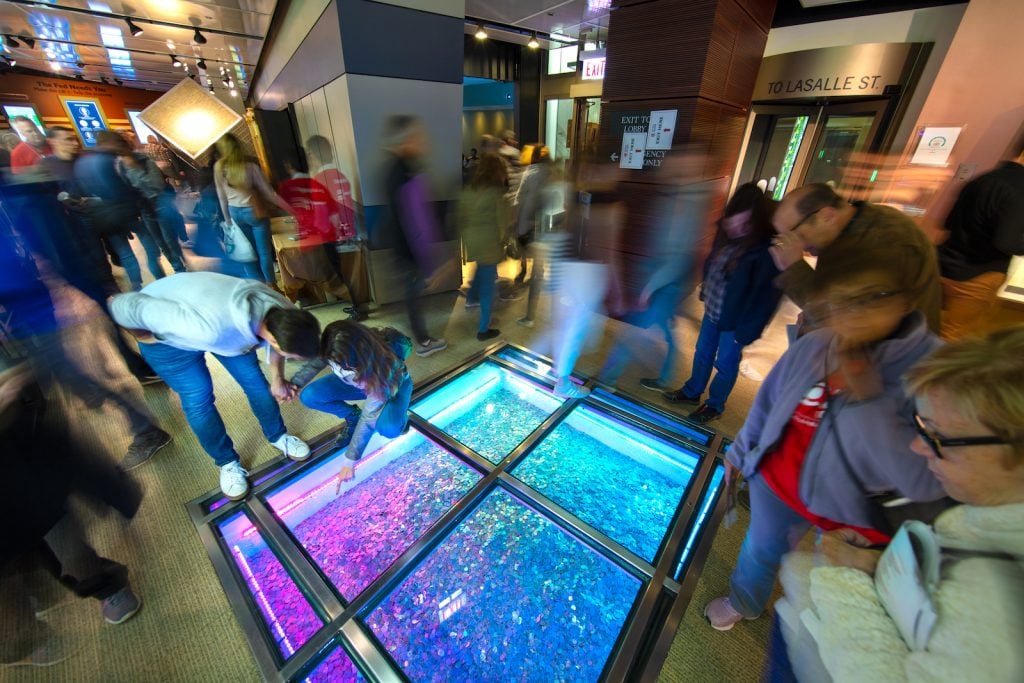
The “Money Pit” at the Money Museum. ©The Federal Reserve Bank of Chicago.
Housed on the ground floor of the Federal Reserve Bank of Chicago, the Money Museum is a shrine to the most American of artifacts: cold, hard cash. While there’s certainly an educational foundation to many of the exhibits, which include a history of different types of currency and how they’ve changed over time, the museum’s real draw may be its novelty displays. For one, there’s a large cube stuffed with one million $1 bills and the opportunity to leave with a bag full of cash, albeit shredded.
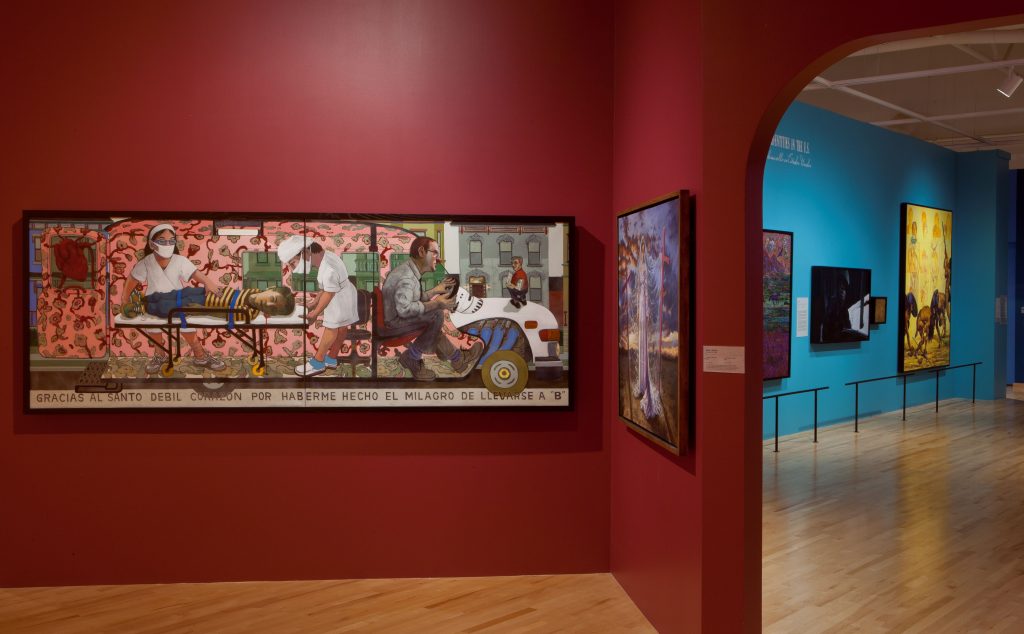
“Nuestras Historias: Stories of Mexican Identity from the Permanent Collection.” Photo: Michael Tropea, courtesy of the National Museum of Mexican Art.
Opened in 1987, the National Museum of Mexican Art holds one of the nation’s largest collections of Mexican art, numbering some 18,000 works. Since 2001, it has occupied a 48,000-square-foot facility in the largely Mexican-American neighborhood of Pilsen, which is known for public art, including a mural by Hector Duarte, who studied with Mexican muralist David Alfaro Siqueiros. In addition to the museum’s ongoing exhibit, “Nuestras Historias,” an exploration of Mexican identity culled from the museum’s collection, are temporary exhibitions dedicated to Dia de los Muertos, a survey of the Chicago social justice artist Carlos Cortéz, and an instillation by the Mexico City-born, Chicago-based contemporary artist Salvador Jiménez-Flores.
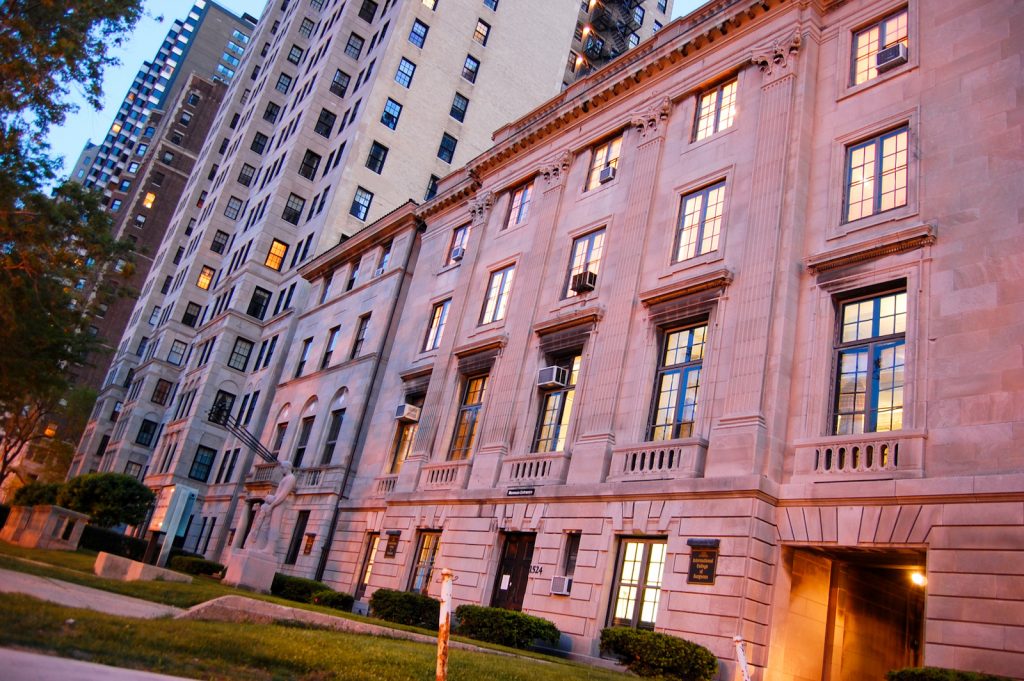
Photo: Michael Robinson, courtesy of the International Museum of Surgical Science.
Get your scalpels sharpened and ready, because this museum blends science and art in ways that are as fascinating as they are harrowing. The IMSS takes a deep look at the ways medicine and our understanding of the body have evolved over the centuries, with over 7,000 medical instruments and apparatuses on display. They range from acupuncture needles to X-rays to an amputation saw.
Additionally, there are over 600 artworks depicting the medical and surgical fields, some of which may not be for the faint of heart. Current exhibitions include a Halloween-appropriate one dedicated to Frankenstein and his hold over the medical community’s imagination and “The Operating Room: Surgical Technology Then and Now.”
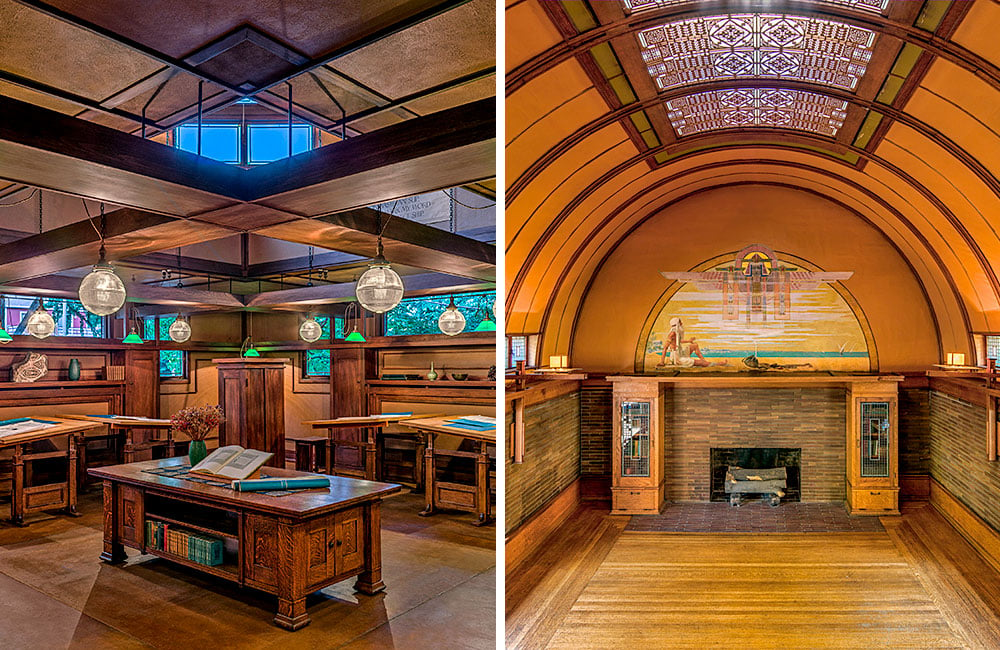
Left: the drafting room in Wright’s home and studio. Right: the children’s playroom in Wright’s home and studio. Photos: James Caulfield. Courtesy of Frank Lloyd Wright Trust, Chicago.
Architecture lovers, rejoice! One of the most significant names in architecture and design got his start just outside the Loop. Frank Lloyd Wright, perhaps one of the most iconic architects of the modern age, built his first home and studio in suburban Oak Park. It was there that he and some of his most influential contemporaries developed and refined the ideas that would fuel their careers, most notably Prairie Style homes. Daily tours help visitors understand how Wright took inspirations from the past into the modern age, forging a new, bold, streamlined look that continues to inspire and fascinate today. (If you still haven’t had enough after that, you can take a day tour of homes he built in Oak Park.)
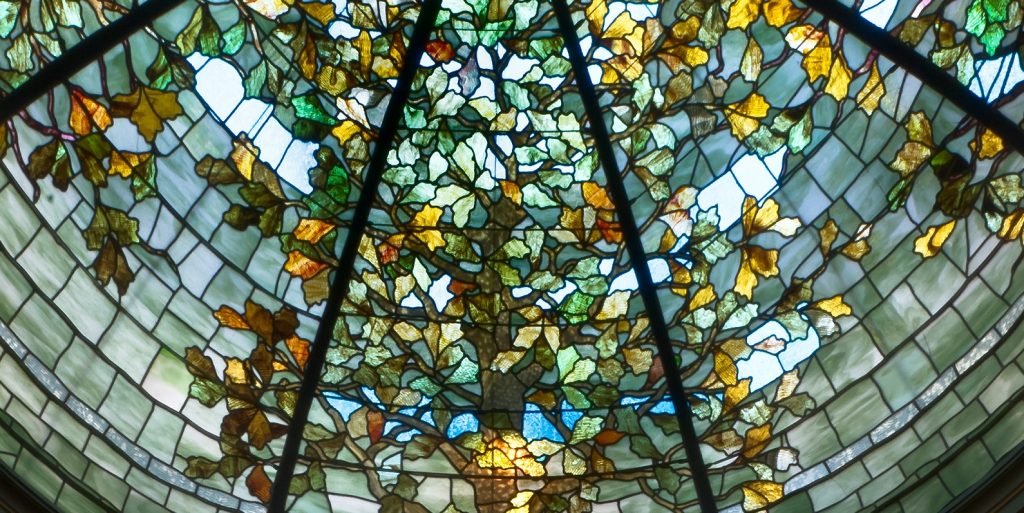
The stained glass dome in the Sculpture Gallery (ca. 1900), detail. Photo by Alexander Vertikoff, 2011
Located steps from Magnificent Mile, the Driehaus Museum is a shrine to the art, architecture, and design of the Gilded Age and the Art Nouveau movement which flourished in the years leading to the turn of the 20th century. Expect many ornate flourishes, rococo curlicues, beautifully finished materials (think bronze and stained glass), and lots of rich, saturated color. While the museum is housed in the mansion that once belonged to the wealthy architect Samuel M. Nickerson, it does not have any direct relationship to the Nickerson family or legacy: instead it is a trove, some 1,500 items deep, of one of the country’s most rarefied and ostentatious art movements. While stunningly carved furniture pieces, elegant glassware, and jaw-dropping paintings and sculptures are displayed at every turn, it’s the collection of Tiffany stained-glass lamps and windows that is, for many, a real highlight.